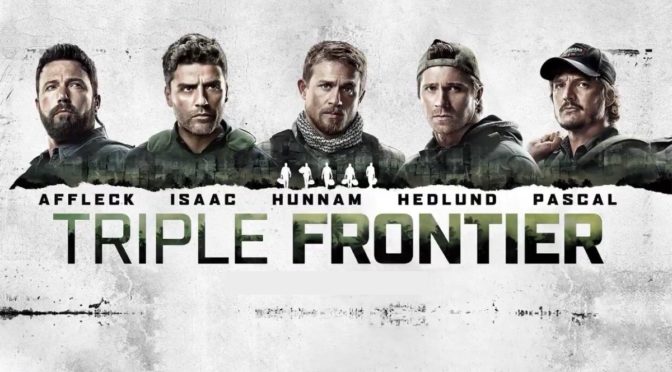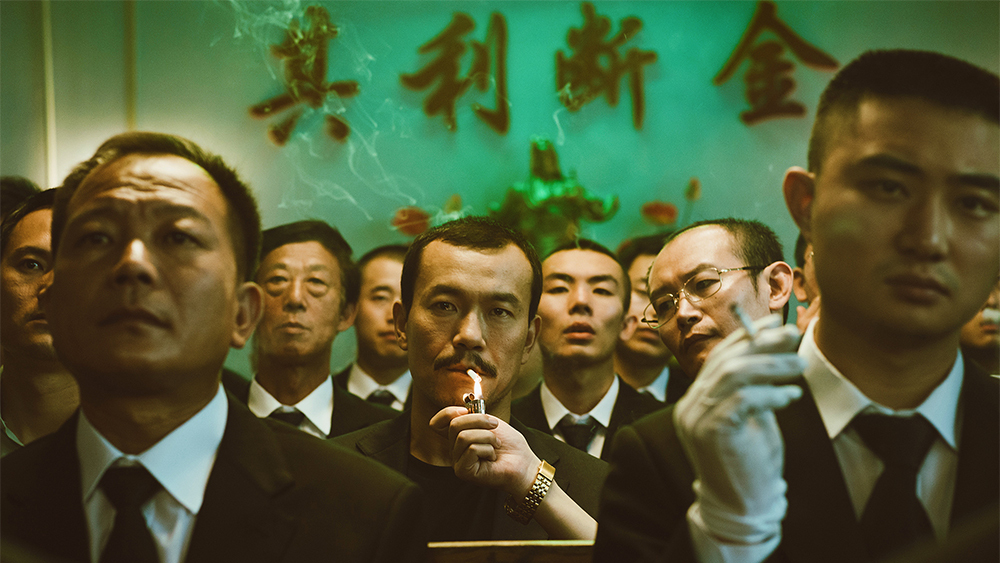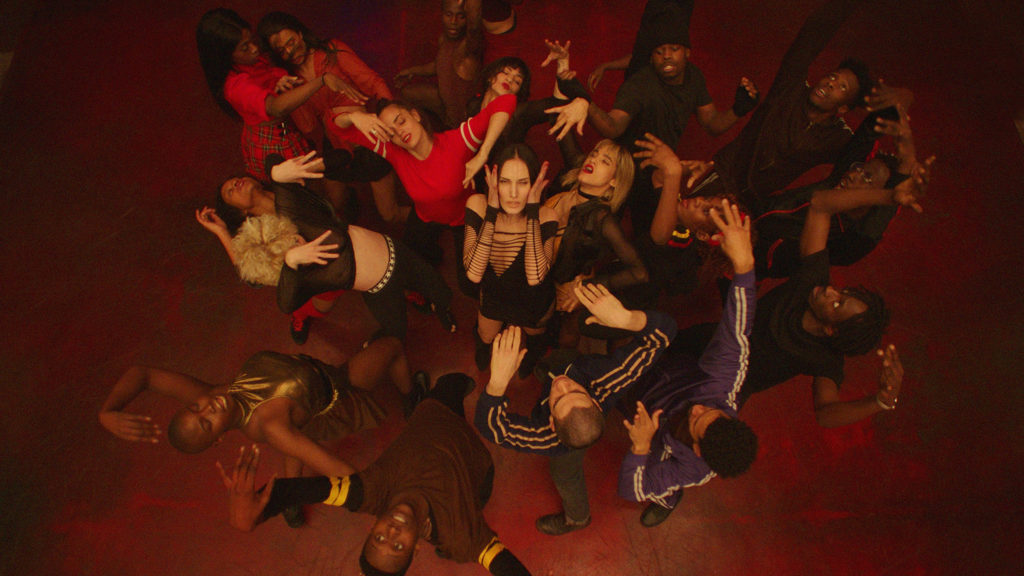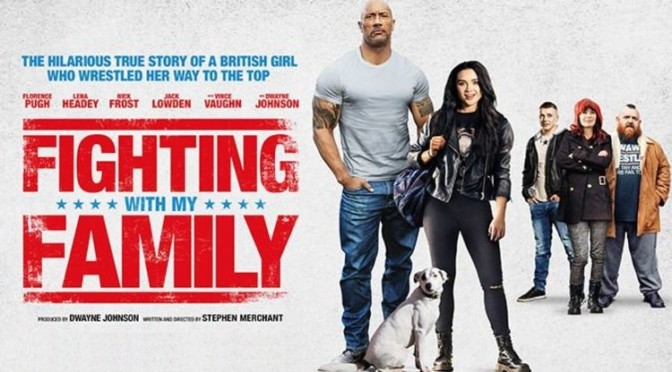After a 5 year absence and attempting to make larger films at major studios, J. C. Chandor has returned with his biggest feature yet. Triple Frontier is led by Oscar Isaac (Inside Llewyn Davis), Ben Affleck (Argo), and Charlie Hunnam (The Lost City of Z). Isaac plays a member of the military working in South America to take down a cartel. When he finds where the cartel leader is hiding – and that his money is hiding with him – he goes to his former brothers in arms to help him take out the drug lord and seize the money.
Despite the big name cast, the acting is one of the film’s weakest parts. Ben Affleck speaks with a tired, gruff delivery that is meant to make him seem grizzled and world-weary, but instead he comes off as disinterested and often bored, maintaining a single blank expression for the majority of his screen time. Charlie Hunnam, an English actor, struggles to establish his American accent. He plays a southern military man but is unable to maintain the desired speaking voice for more than a few words at a time. He regularly starts with a southern twang then relapses into a posh Englishman to a distracting degree. The least offensive of the leads is Oscar Isaac who plays his character straight as the optimist-turned-pragmatist. He is frustrated with the corrupt system he has lived in while the fighting drug cartels and his decision to independently seize the funds is a believable turn, yet even Isaac’s performance isn’t noteworthy.
The screenplay, written by Mark Boal (Zero Dark Thirty) and Chandor has little interest in its characters. The first act of the film introduces the characters, their backstories, and their comradery but does so in broad, cliched strokes. Each lead has a single defining trait and little effort is put into developing any of them beyond that. We are expected to believe in the strength of their friendship based on the hugs they greet each other with, but any of the backstory is forcibly and explicitly told, rather than shown. The script’s dialogue is overflowing with clumsy exposition as Boal and Chandor attempt to cram in the necessary details to make the heist plausible. The film’s writing is mostly a necessary component to support the main draw – the heist.

It’s a good thing the act itself is worth the wait. Chandor has proven himself a strong director, but Triple Frontier is his first action title and he clearly has a talent for it. All the rushed storytelling that preceded fades to the background once the heist begins. At this stage, the film finally begins to demonstrate, not explicitly lecture, its characters. Each person has their own distinct role in the crime with Affleck serving as the tactician calling out movements. The speed and efficiency they move with are enthralling. They prove themselves to be an elite group of trained military professionals in the way they methodically infiltrate and clear the cartel boss’s home. Chandor shoots these scenes with the same attention to detail. His camera gradually moves from room to room, sweeping for occupants in the same way as the film’s cast and the effect is immersive. The heist and the eventual escape account for roughly a third of the runtime and every moment of these sequences is precipitous as the cast’s quick course corrections always put them on the verge of total failure.
It’s a shame that this level of quality does not extend into the film’s beginning and ending. Without the high stakes of the heist, we are left with cliched characters we don’t care about and performances that are, at best, merely adequate. Triple Frontier is one taut, deftly executed infiltration, bookended by time spent with people that aren’t worth our attention.

3/5 stars.







